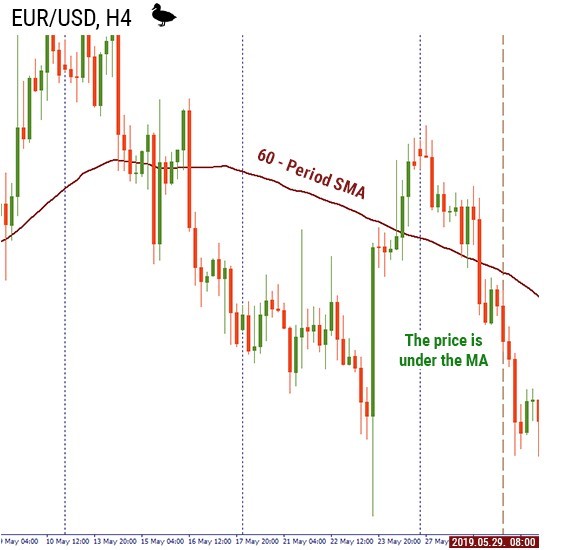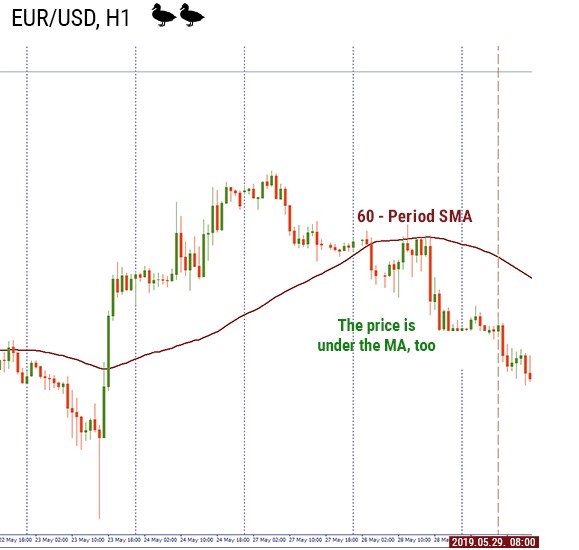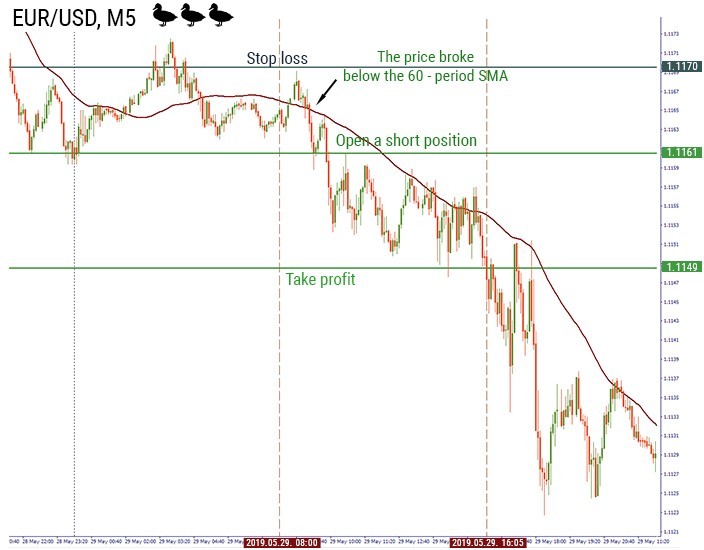
Bill Williams est le créateur de certains des indicateurs de marché les plus populaires : Awesome Oscillator, Fractals (fractales), Alligator et Gator.

Ne perdez pas votre temps - analysez l'influence du NFP sur le dollar américain!
Avis de collecte de données
Nous conservons un enregistrement de vos données pour gérer ce site web. En cliquant sur le bouton, vous acceptez notre politique de confidentialité.

Guide pour débutant Forex
Votre guide ultime dans le monde du trading.
Consultez votre boîte de réception !
Dans notre e-mail, vous trouverez notre guide Forex. Appuyez simplement sur le bouton pour l'obtenir !
Avertissement sur les risques : Les ᏟᖴᎠ sont des instruments complexes et ils présentent un risque élevé qui peut vous faire perdre de l'argent rapidement en raison de l'effet de levier.
71,43 % des investisseurs particuliers perdent de l'argent lorsqu'ils tradent des ᏟᖴᎠ avec ce fournisseur.
Vous devez vous demander si vous comprenez le fonctionnement des ᏟᖴᎠ et si vous pouvez vous permettre de prendre des risques élevés qui peuvent mener à d'importantes pertes d'argent.
2019-11-11 • Mis à jour
Les informations données ne sont pas des conseils en investissement
Aujourd'hui, nous allons vous présenter un système qui nécessite l'utilisation d'une moyenne mobile. C'est une stratégie développée par des traders professionnels. Cette stratégie s'appelle les "Trois canards". Le nom peut vous sembler étrange, mais il vient d'une phrase assez commune "get your ducks in a row" ce qui signifie être bien préparé à une tâche donnée ou être plus efficace. Avez-vous déjà vu la famille de canards nager dans un lac ? Habituellement, ils ont tendance à nager en rangée. Voici comment ce système fonctionne. Cela permet d'établir une "rangée" d'actions afin d'obtenir un meilleur résultat. Comme pour la plupart des configurations, ce système est implémenté lors d’une tendance.
Alors, de quoi avons-nous besoin pour commencer à utiliser ce système ?
Le système des trois canards est très simple. Il vous aide à trouver les mouvements à la hausse et à la baisse du marché. Vous n'avez pas besoin de télécharger des oscillateurs compliqués ni de rechercher des modèles spécifiques. Tout ce dont vous avez besoin est de considérer trois intervalles de temps : M5, H1 et H4. Le seul indicateur dont vous avez besoin est la moyenne mobile simple de période 60, que vous pouvez trouver sur n’importe quelle plate-forme.Les analystes recommandent de mettre en œuvre ce système lors du trading des paires EUR/USD ou GBP/USD.Nous allons prendre avec une exemple avec la paire EUR/USD.
Le premier canard
Au début, nous examinons l'intervalle de temps le plus long (H4). Nous voyons si le prix actuel est supérieur ou inférieur à la MMS de période 60.
• Si le prix actuel est supérieur à la MMS de période 60, nous envisageons d'ouvrir une position longue ;
• Si le prix actuel est inférieur à la MMS de période 60, nous envisageons d'ouvrir une position courte.
Le 29 mai, nous avons pu constater que la MM de période 60 se déplaçait au dessus du prix sur le graphique H4. Par conséquent, nous rechercherons une opportunité de vente.

Ok, nous avons attrapé le premier canard ! Voyons si nous pouvons trouver plus d'indices sur les plus petits intervalles de temps.
Le deuxième canard
Au cours de la deuxième étape, nous examinons le graphique H1.
• Si le premier canard nous a donné un indice haussier, nous devons également voir le prix actuel au-dessus de la MMS de période 60.
• Si le premier canard nous a indiquer d'ouvrir d'une position courte, le prix actuel devrait être inférieur à la MMS de période 60.
Remarque importante ! Si les conditions ci-dessus ne sont pas remplies et que le prix agit différemment de la première étape, nous ne pouvons pas passer à l'étape 3.
Sur le graphique H1, EUR/USD a été placé en dessous de la MMS de période 60. Nous nous sommes donc sentis suffisamment en confiance pour envisager la troisième étape.

Le troisième canard
Maintenant, sur le graphique M5, nous attendons un croisement.
• Si nous recherchons une opportunité d'achat, nous attendons que le prix traverse la MMS de période 60 de bas en haut.
• Si nous voulons vendre, nous attendons que le prix traverse la MMS de période 60 à de haut en bas.
• Si vous voulez être sûr à 100%, vous devez attendre que le prix dépasse le minimum/maximum local le plus proche.
Cette situation signifierait que les prix sur tous les graphiques (tous les "canards") évoluent dans la même direction. Quand placer un take profit ?
Vous pouvez placer votre take profit près des minimums ou des maximums précédents, ou faire suivre votre stop et suivre la direction du prix.
Voyons maintenant le dernier exemple.Sur M5, nous avons attendu que le prix franchisse la moyenne mobile de haut en bas et attendions qu’il dépasse le minimum local précédent. Nous avons ouvert une position courte à 1.1161. Notre stop loss a été placé à 1.1170 (au-dessus du précédent haut) et nous avons pris un bénéfice supérieur au support précédent à 1.1149.

Conclusion
Cette stratégie vous aide à considérer les mouvements de prix et à les utiliser afin de trouver des opportunités plus rentables.

Bill Williams est le créateur de certains des indicateurs de marché les plus populaires : Awesome Oscillator, Fractals (fractales), Alligator et Gator.

Les stratégies de tendance sont intéressantes, elles peuvent donner d'excellents résultats sur tous les intervalles de temps et avec tous les types d'actifs. L'idée principale de la stratégie ADX basée sur les tendances est d'essayer d'identifier le début de la tendance.

Les stratégies de contre-tendance sont toujours les plus hasardeuses mais aussi les plus rentables. Nous avons le plaisir de vous présenter une excellente stratégie de contre-tendance qui fonctionne sur tous les marchés et avec tous les actifs.
Votre demande a été acceptée.
Nous vous appellerons lors de l'intervalle de temps que vous aurez choisi
La prochaine demande de rappel pour ce numéro de téléphone sera disponible dans 00:30:00
Si vous avez un problème urgent, veuillez nous contacter via le
Chat en direct
Erreur interne. Veuillez réessayer ultérieurement